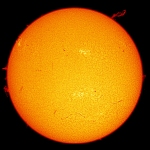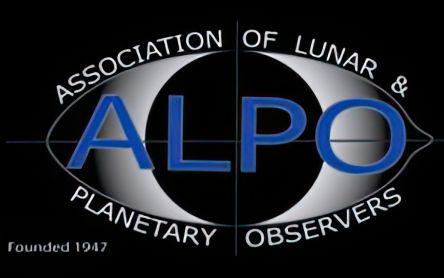
Solar Blog
ALPO Solar Assistant Coordinator Kim Hay has generated a brief summary report for Carrington Rotations 2280 through 2282. It is available at the following link for your review.
ALPO Solar Assistant Coordinator Kim Hay has generated a brief summary report for Carrington Rotations 2277 through 2279. It is available at the following link for your review.
ALPO Solar Assistant Coordinator Kim Hay has generated a brief summary report for Carrington Rotations 2273 through 2276. It is available at the following link for your review.
Solar News Headlines
Have We Hit Solar Maximum?
3/27/2025
Read More
Solar Maximum Reached
10/16/2024
In a
conference today NASA, NOAA, and the International Solar Cycle Prediction
Panel announced that the Sun is in its solar maximum period where
sunspots, flares, and other activity are at their greatest. This period
will last approximately a year according to scientists. Such activity can
lead to aurora, such as those seen deep into the continental US last week.
Scientists will not be able to determine the exact peak of this solar
maximum period for many months because it's only identifiable after
they've tracked a consistent decline in solar activity after that peak.
Read More
Observation Spotlight
Equipment: APM 228mm RFR [WL] and Lunt 152mm H-Alpha RFR
Here's and excellent pair of images taken by frequent contributor Michael Teoh from Pulau Pinang in Malaysia. They both display sunspot AR3998 and were taken within a few minutes of each other, showing the active region's appearance in white light and H-Alpha. Both of these images are of sub-arc-second quality, revealing a wealth of detail in both wavelengths.
